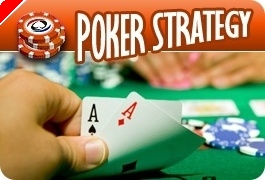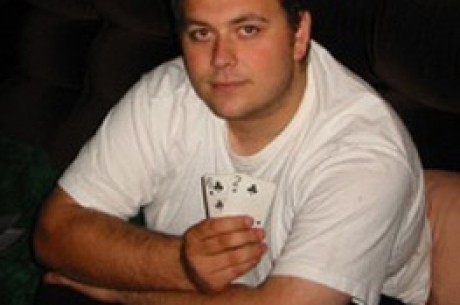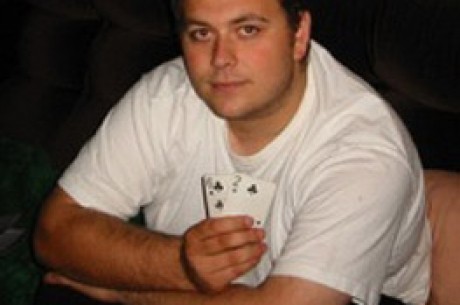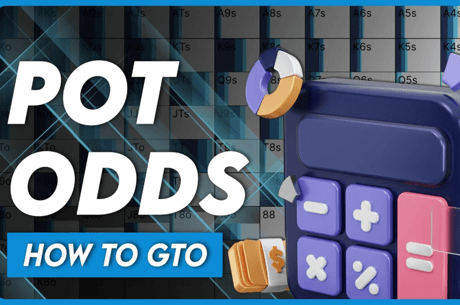H.O.R.S.E. Poker Strategy: In the Mix -- Squeezing an Opponent on Hold'em's Big Streets
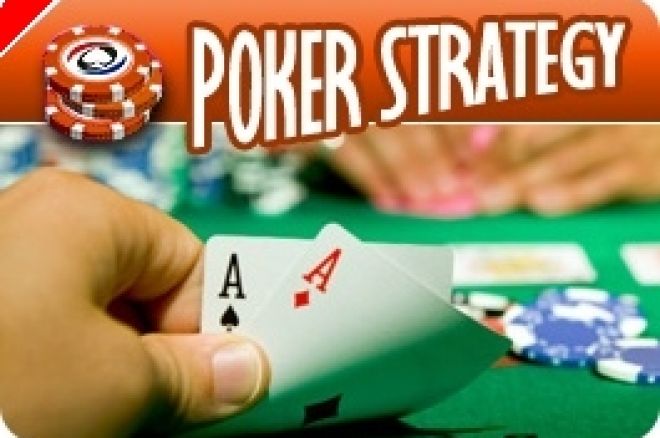
For the last few weeks we have considered why now is the time to start playing mixed games, what some basic considerations are when playing a mixed-game tournament, and what basic adjustments should be made when playing in a mixed-game cash game. Since most cash game and tournament players of the current poker generation play pot-limit or no-limit games and shy away from fixed-limit games, this week we'll look at a hand of fixed-limit hold'em, a game almost always included in any mixed-game format, for some pointers on how to make or save the greatest number of chips playing in a mixed game. Example hands from more exotic games included in mixed-game formats will come in later weeks.
There are several consequences of playing mixed games as fixed-limit rather than pot-limit or no-limit. For one thing, drawing becomes a much bigger part of the game, especially at a table full of loose opponents. Additionally, bluffing is more difficult. That's not to say that it's impossible to bluff in a fixed-limit game. There are times and spots when a bluff can be successful, but the weapon of making a huge raise on the turn or river and putting your opponent to a decision for all of his chips is not in the arsenal of a fixed-limit player. Finally and perhaps most importantly, saving a big bet when you're beat and squeezing out an extra big bet when you're best are critical to success.
To illustrate an example of saving or squeezing a bet, consider this recent hand of fixed-limit hold'em that I played. I had only been at the table for a few hands when I picked up 7♠7♣ in late position. With three people having already limped in before the action got to me, I elected to call and go set-mining rather than raise.
With the big blind along for free, we took the flop five-handed. It came down pretty nice for me, 9♣4♠2♦. When the action checked to me, I fired out a bet to see what my opponents would do. Only one middle-position player called the bet. I had already seen him badly misplay a hand in the short time I had been at the table and considered him to be a weak player.
The turn was another good card for me – the 9♠. Strangely, my opponent bet into me after it came down and I had to stop and consider what his range could be. It seemed to me that he most likely did not have a nine in his hand. If he had a nine he probably would have bet the flop and if he chose to call with a hand like 10♥9♥ he probably would have checked the turn with the hope of check-raising me. I also ruled out a set of fours or a set of deuces for a similar reason. His set would have turned into a full house, and since I represented a nine in my hand with my flop bet, there would be no reason to assume that I wouldn't bet the turn. With no pre-flop raise I was able to rule out all pairs bigger than the board. That left three options, in increasing order of likelihood: a medium pair; a poorly executed bluff attempt with two overcards to the board; or some sort of draw.
Many players in my spot would probably "turtle" up at this point in the hand and passively call down through the river, hoping that two pair, nines and sevens, would win. I chose to raise the turn for several reasons. First, raising the turn is consistent with how I played the flop. I represented a nine in my hand with my flop bet and would continue to represent one with a turn raise. In addition I am confident, based on the range of hands that I assigned to my opponent, that I have the best hand on the turn. Thus I am raising for value, attempting to squeeze an extra big bet out of my opponent while he is behind. Third, I am exerting the maximum amount of pressure on my opponent that I can with my turn raise. It will cost him two more big bets to get to showdown.
Finally and most importantly, there are numerous cards that could hit the river which might be scare cards. By raising the turn with position on my opponent, I can elect to take a free showdown if I think I need it. If the river appears to be a safe card, I may be able to profitably bet and squeeze one more bet out of my opponent.
Notice the difference in the two lines. Going into passive mode and calling my opponent to showdown will net my two big bets when I win, and cost me two big bets when I lose. By raising the turn and then deciding whether or not to take a free showdown at the river, I lose two big bets when my opponent gets there but I give myself the opportunity to pick up a third big bet when he catches just enough of the board to call a river bet.
As it turned out, in this hand I raised the turn and my opponent called. The 8♠ fell on the river, putting three spades on board and completing the most likely of all the draws that he might have. He checked to me and I quickly checked behind. He tabled 5♠2♠ for a flush and took down the pot. I may have gotten a bit unlucky this time — I was a roughly 3.5-to-1 favorite going into the river — but I feel like I put myself in a position to maximize the value of my hand without any downside. In any poker game, that's pretty much all you can do.

